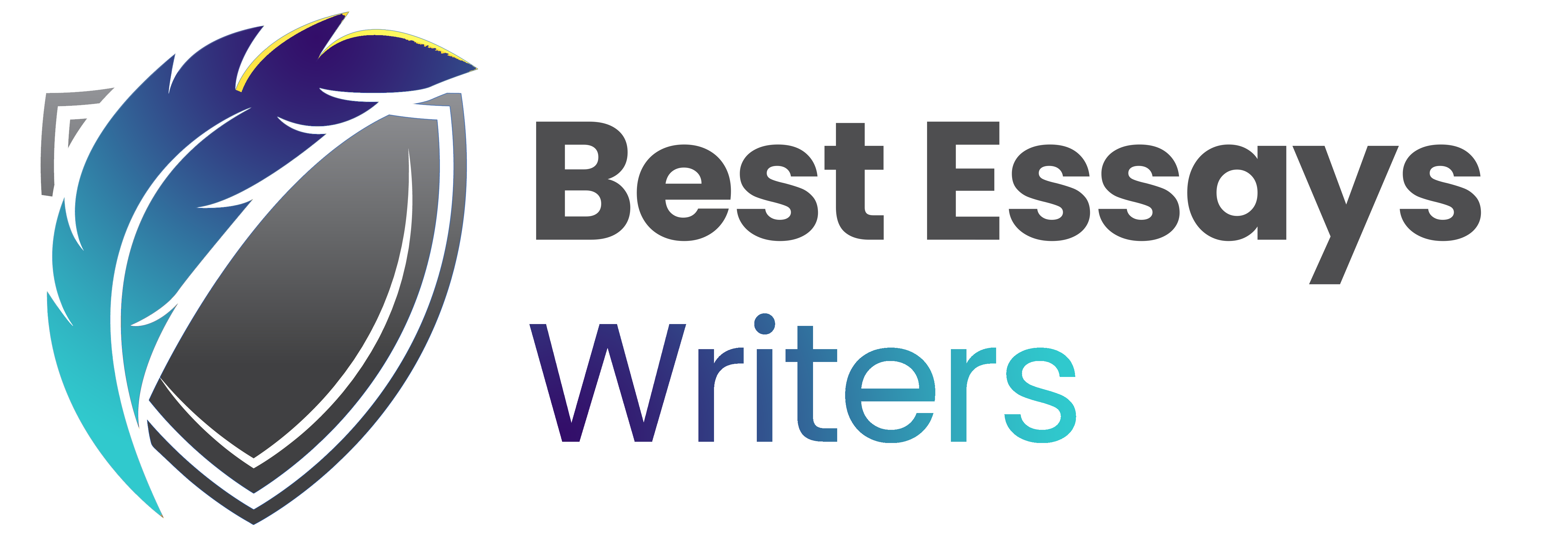- The best essay writing company you will ever find online
- +1(646) 814 8116
- bestessayswriters@gmail.com
where is the unemployment rate and is the inflation rate and is a constant. The
Hello world!
May 27, 2020CRITICAL THINKING ABOUT THE BIBLE
January 5, 2021where is the unemployment rate and is the inflation rate and is a constant. The loss function means that the central bank dislikes both high unemployment and high inflation. However there is a trade-off between those two variables in the short-run. The link between unemployment and inflation is given by the following Phillips curve:where is a constant is the natural level of unemployment and is the expected inflation.
(a) [10 marks] Substitute the Phillips curve into the loss function and then find the inflation rate that solves the first-order condition: . This will give you the inflation rate when the central bank behaves in a discretionary way.
(b) [10 marks] The solution in (a) depends on . Use the idea of rational expectations to find the inflation rate that is chosen by the central under discretion. What happens to the inflation rate when the natural rate of unemployment rises? Explain.
(c) [10 marks] Use the solution in (b) to find the value of the loss function under discretion.
(d) [10 marks] Now assume that the central bank announces a policy rule that implies . Assume that the agents in the economy set their expected inflation as . Furthermore assume that the central bank indeed sets inflation to be zero. Find the corresponding value of the loss function under the policy rule regime. Show that the value of this loss function is lower than the value you found in (c). Comment on your results.
(e) [10 marks] Now assume that the central bank announces and that this announcement is believed by the agents (agents expect ). However the central bank cheats on its announcement and given the inflation expectations of the agents sets the inflation rate in a discretionary way. Find the level of inflation set by the central bank under this cheating regime. Find the corresponding value of the loss function and show that this loss function is lower than the ones you found in (c) and (d). Comments on your results.
